Carpets are a key element in home décor, providing both comfort and style, but over time, they can become worn out due to daily use, spills, and environmental factors. This article will explore why carpets wear out, offering insights into the common causes such as foot traffic, stains, and sunlight exposure. Additionally, we’ll discuss practical ways to renew worn-out carpets, including cleaning techniques and repairs, as well as when it’s time to replace them entirely.
Maintaining carpets properly can significantly extend their lifespan, and this article will also cover essential tips for keeping carpets in good shape. From regular cleaning routines to protective measures, these strategies will help preserve the look and feel of your carpet, ensuring it stays fresh and functional for years to come. Let’s look at how to renew worn out carpet.
Why Do Carpets Wear Out?
Carpets are a staple in many homes, providing comfort and aesthetic appeal. However, over time, even the most durable carpets can begin to show signs of wear.
| Cause | Effect | Prevention |
|---|---|---|
| Foot Traffic | Fibers flatten and thin over time. | Use area rugs in high-traffic areas and vacuum regularly. |
| Sunlight Exposure | Fades colors and weakens fibers. | Install blinds, curtains, or UV window film. |
| Stains and Spills | Causes permanent discoloration and weakens fibers. | Clean spills immediately with the right cleaning solutions. |
| Poor Maintenance | Dirt and debris embed in fibers, creating a dull look. | Vacuum regularly and deep clean carpets yearly. |
| Heavy Furniture | Leaves permanent indentations or tears fibers. | Use furniture pads and rotate furniture periodically. |
| Low-Quality Materials | Wears out faster and is more prone to damage. | Invest in high-quality carpets with durable fibers. |
Understanding the main causes can help you prevent premature aging and extend your carpet’s lifespan.
1. Foot Traffic
High-traffic areas experience constant pressure and abrasion, which flattens fibers and leads to thinning. Over time, dirt and debris from shoes can act as abrasive particles, wearing down the fibers even further.
2. Sunlight Exposure
Prolonged exposure to direct sunlight can cause carpets to fade and weaken. UV rays break down the dye and fiber structure, leaving patches of discoloration and a brittle texture.
3. Stains and Spills
Unattended spills can seep deep into the fibers, causing permanent stains and weakening the backing material. Some substances, like pet urine or acidic liquids, can degrade carpet fibers and leave lingering odors.
4. Poor Maintenance
Infrequent vacuuming and cleaning allow dirt, dust, and allergens to accumulate, embedding into the fibers. Without regular maintenance, the buildup accelerates wear and creates a dull, matted appearance.
5. Heavy Furniture
The constant weight of heavy furniture can crush carpet fibers, leaving permanent indentations. Over time, moving furniture without proper padding can also cause tears or fraying.
6. Low-Quality Materials
Carpets made from low-grade materials are more prone to wear, fading, and damage. Investing in a high-quality carpet with durable fibers can significantly increase its longevity.
Carpets wear out due to a combination of physical stress, environmental factors, and inadequate care. By addressing these issues proactively, you can keep your carpet looking fresh and ensure it lasts for many years to come.
How to Renew Worn-Out Carpet
Carpets can lose their charm over time due to daily use, spills, and general wear and tear. However, replacing them isn’t always necessary. With a few restoration techniques, you can breathe new life into your carpet and make it look fresh again.
1. Deep Clean the Carpet
A deep cleaning can remove dirt, stains, and grime that regular vacuuming can’t eliminate. Use a carpet cleaner or hire professional services for steam cleaning to refresh the fibers and brighten the carpet’s appearance.
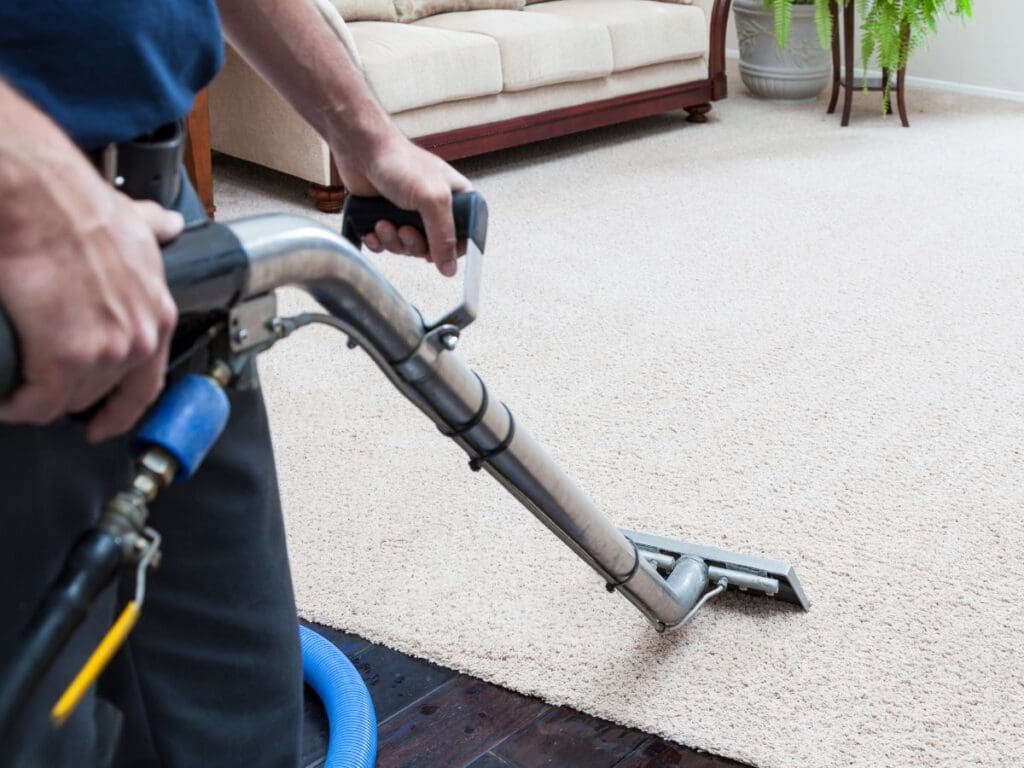
2. Treat Stains Immediately
Persistent stains can make a carpet look old and worn. Use targeted solutions like vinegar and water for general stains or specialized products for tougher spots, and blot them gently to avoid spreading or damaging the fibers.
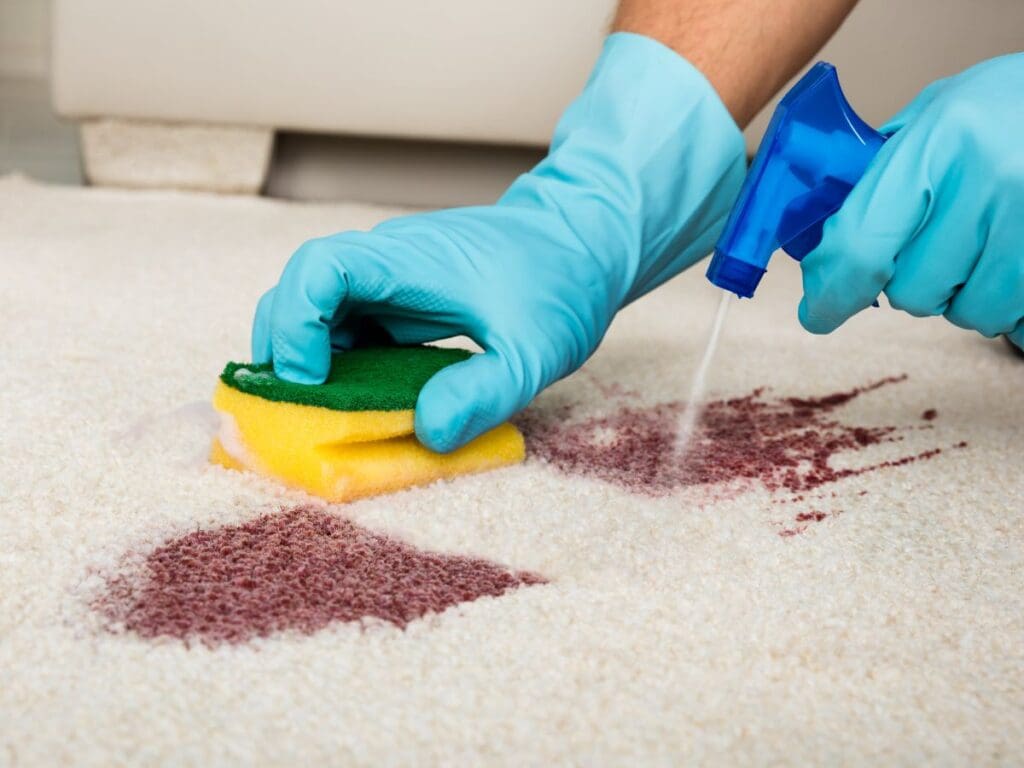
3. Revive Flattened Areas
High-traffic areas often develop flattened fibers that make the carpet look uneven. Place ice cubes on flattened spots and fluff the fibers with a fork or a carpet rake once the ice melts. Steam cleaning can also lift and revive the pile.
4. Restore Faded Colors
Faded carpets can be revitalized using carpet dye kits or professional recoloring services. These options bring vibrancy back to your carpet and help cover discoloration caused by sunlight or age.
5. Eliminate Odors
Unpleasant smells can make even a clean carpet feel unappealing. Sprinkle baking soda over the carpet, let it sit for a few hours, and vacuum thoroughly. Adding essential oils to the baking soda can leave a pleasant fragrance.
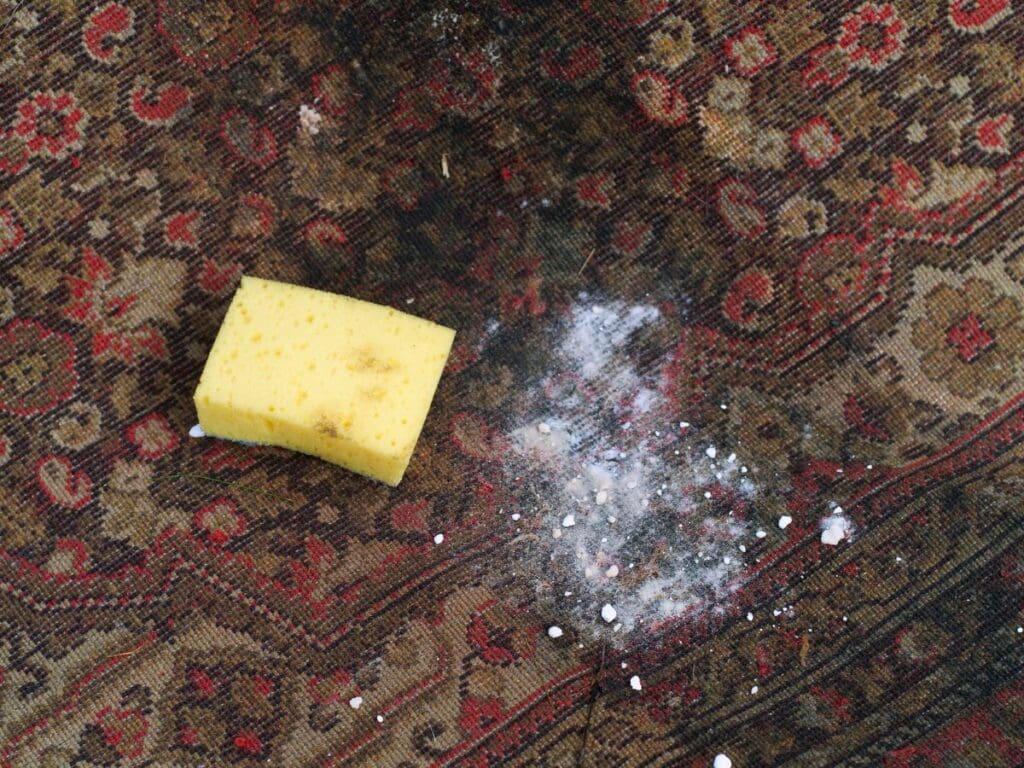
6. Patch Damaged Areas
Small tears or burns can be fixed by cutting out the damaged section and replacing it with a matching patch. Use carpet tape or adhesive to secure the patch seamlessly, or consult a professional for larger repairs.
7. Regular Maintenance
Once you’ve renewed your carpet, maintain it with regular vacuuming, prompt stain treatment, and protective measures like area rugs and furniture pads. Routine care prevents further wear and keeps the carpet looking new.
Reviving a worn-out carpet is a practical and cost-effective way to enhance your home’s appearance. By deep cleaning, treating stains, and taking preventive measures, you can restore your carpet’s beauty and functionality, ensuring it remains a centerpiece of comfort and style in your home.
When to Replace the Carpet
While regular cleaning and maintenance can extend a carpet’s lifespan, there comes a point when renewal is no longer practical. Knowing when to replace your carpet ensures your home remains comfortable, safe, and visually appealing.
| Condition | Can Be Renewed? | Time to Replace? |
|---|---|---|
| Mild stains | Yes – clean with targeted stain removers. | No |
| Persistent odors | Sometimes – deep clean and deodorize. | If smells persist after cleaning. |
| Flattened fibers | Yes – revive with steam cleaning or raking. | If fibers are completely worn down. |
| Fading | Yes – recolor with carpet dye kits. | If large sections are severely discolored. |
| Tears or fraying | Yes – patch small sections. | If multiple areas are damaged beyond repair. |
| Worn padding | No – padding must be replaced. | If carpet feels uncomfortable underfoot. |
| Age (8–15 years) | Sometimes – if still in decent condition. | If fibers, padding, and structure are degraded. |
Here are some key signs it’s time to invest in a new carpet.
1. Irreversible Stains
Some stains, like bleach, ink, or pet urine, can permanently discolor carpet fibers. If the stains are widespread or impossible to remove despite professional cleaning, replacing the carpet may be the only solution to restore the room’s appearance.
2. Persistent Odors
If your carpet retains unpleasant odors even after deep cleaning, the problem may lie in the padding or backing. Lingering smells, especially from pets or mold, are often a sign that replacement is necessary to eliminate the issue entirely.
3. Worn-Out Fibers
Carpet fibers naturally break down over time, leading to thinning, fraying, or a matted appearance that cannot be revived. If your carpet feels rough underfoot or looks visibly worn in high-traffic areas, it’s a clear sign that it’s reached the end of its life.
4. Allergies or Health Concerns
Old carpets can harbor allergens, dust mites, and mold that exacerbate respiratory issues and allergies. If deep cleaning no longer alleviates these problems, replacing the carpet can significantly improve indoor air quality and overall health.
5. Damaged Padding
The carpet padding underneath provides cushioning and support. If you notice unevenness, wrinkles, or a lack of comfort when walking, it may indicate that the padding has deteriorated. Replacing both the carpet and padding is often necessary in this case.
6. Outdated Style
Sometimes, a carpet may still be functional but look outdated or clash with your home’s décor. If you’re renovating or updating your interior design, replacing the carpet can refresh your space and align it with your style preferences.
7. Age of the Carpet
Most carpets have a lifespan of 8–15 years, depending on the material and usage. If your carpet is nearing or exceeding this timeframe, it’s likely showing signs of wear that warrant replacement, even with proper care.
Replacing a carpet is an investment, but it’s essential for maintaining a comfortable and visually appealing home environment. By recognizing signs like irreversible stains, persistent odors, or excessive wear, you can determine when it’s time to upgrade. A new carpet not only enhances your home’s aesthetics but also improves its functionality and overall comfort.
Tips on How to Keep Carpets in Shape
Carpets are an essential part of a home, providing comfort and enhancing the overall aesthetic. However, they require proper care to maintain their appearance and longevity. Follow these practical tips to keep your carpets in top condition for years to come.
1. Vacuum Regularly
Frequent vacuuming removes dirt, dust, and debris before they become embedded in the carpet fibers. Aim to vacuum high-traffic areas at least twice a week and less-used areas once a week to prevent buildup and maintain cleanliness.
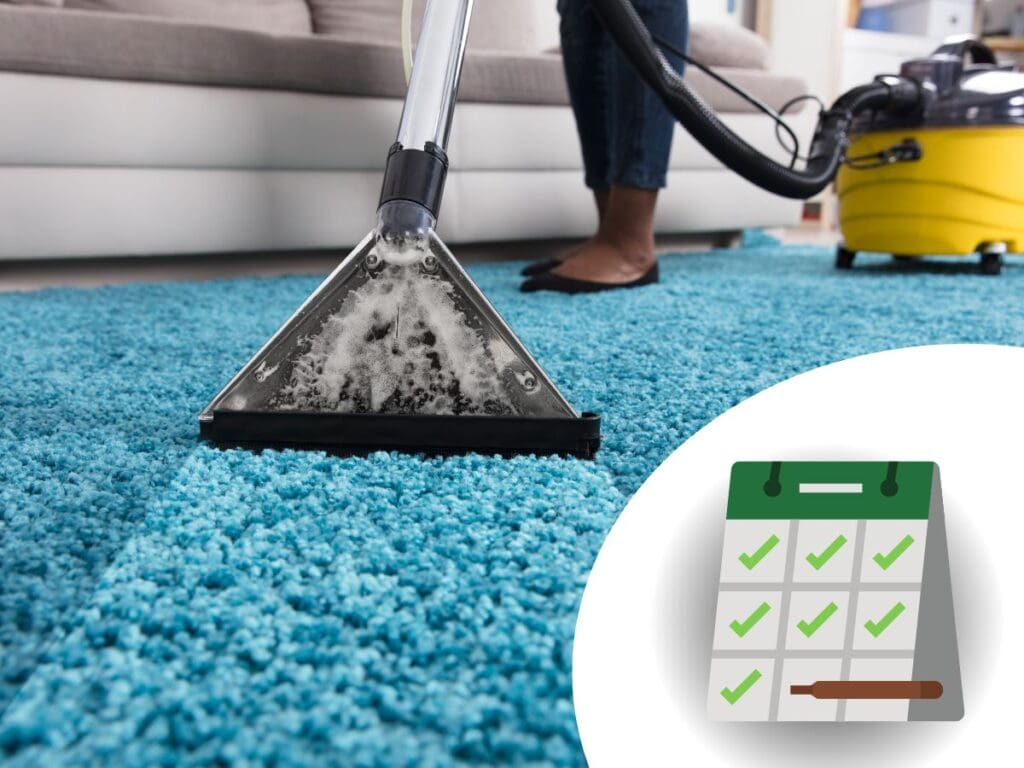
2. Clean Spills Immediately
Accidental spills can cause stains if left untreated. Blot the spill with a clean cloth, using a gentle cleaning solution if necessary, to prevent it from seeping deep into the carpet fibers and causing permanent damage.
3. Use Area Rugs and Runners
Place rugs or runners in high-traffic areas, such as hallways or entryways, to protect the carpet from wear and tear. These can act as a buffer and are easier to clean or replace than the entire carpet.
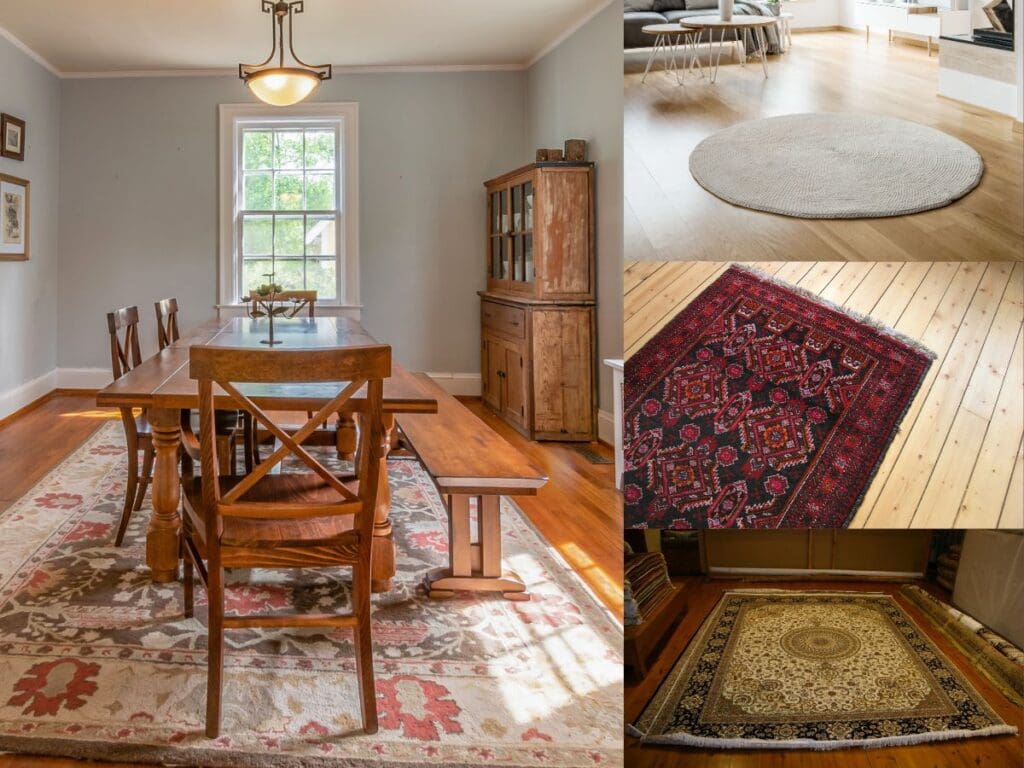
4. Rotate Furniture Periodically
Heavy furniture can leave dents and compress carpet fibers over time. Rotating furniture regularly helps distribute the weight evenly, preventing permanent indentations and keeping the carpet looking uniform.
5. Protect Carpet from Sunlight
Prolonged exposure to sunlight can fade carpet colors and weaken fibers. Use blinds, curtains, or UV-blocking window film to shield carpets from direct sunlight and preserve their vibrancy.
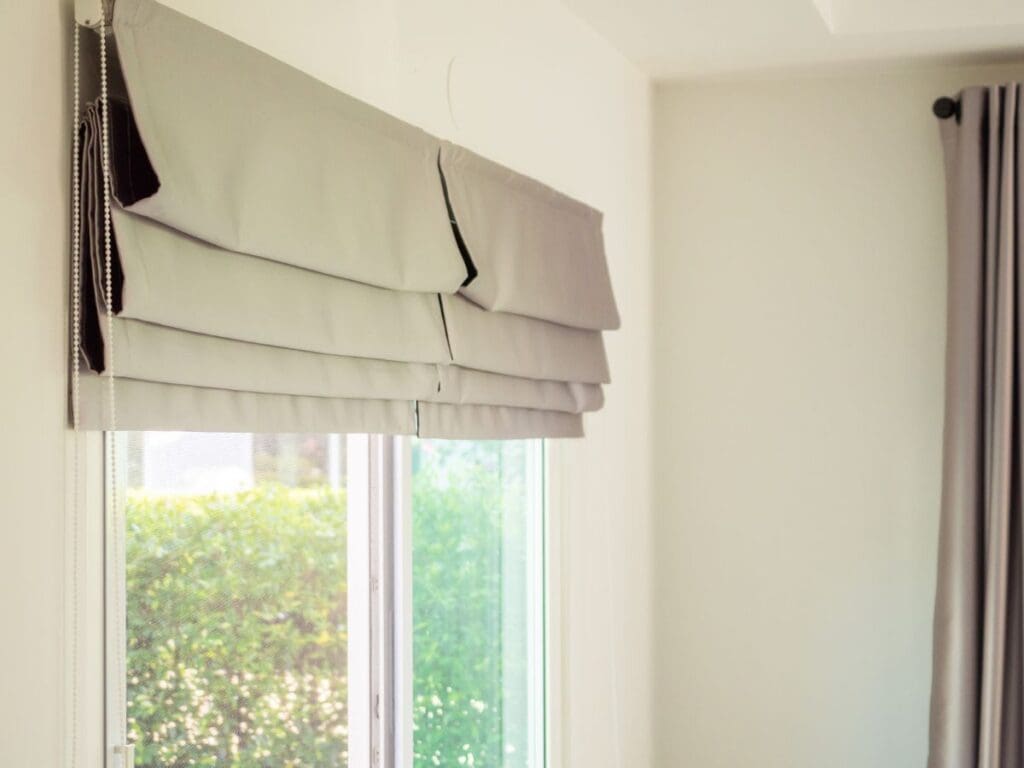
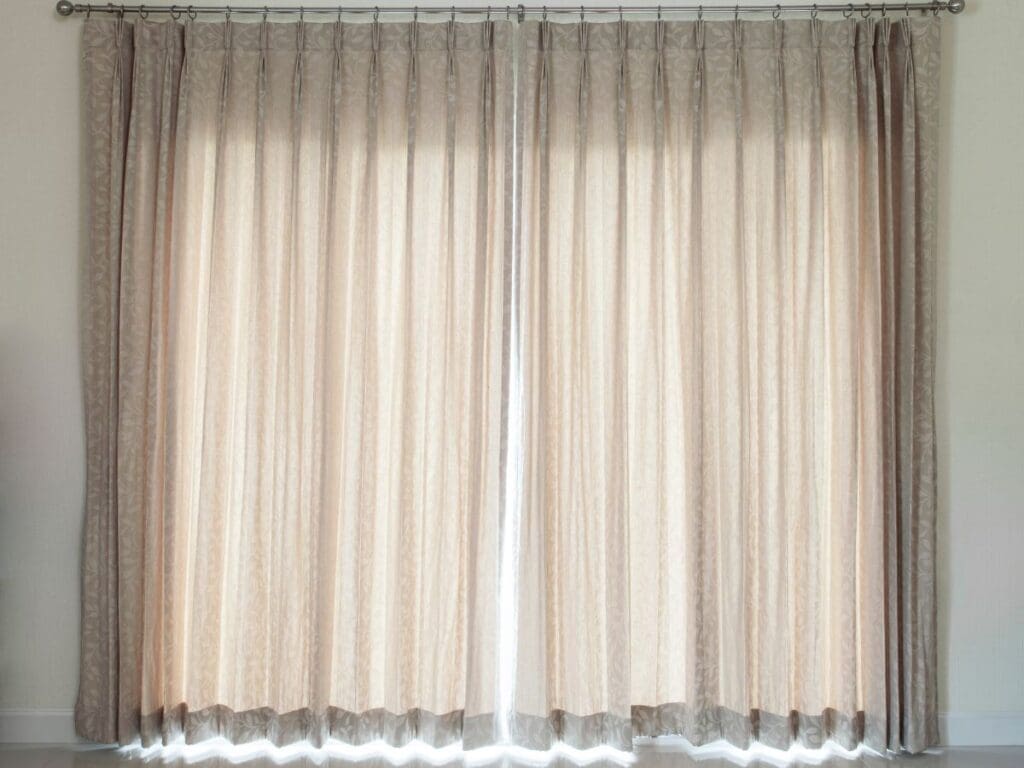
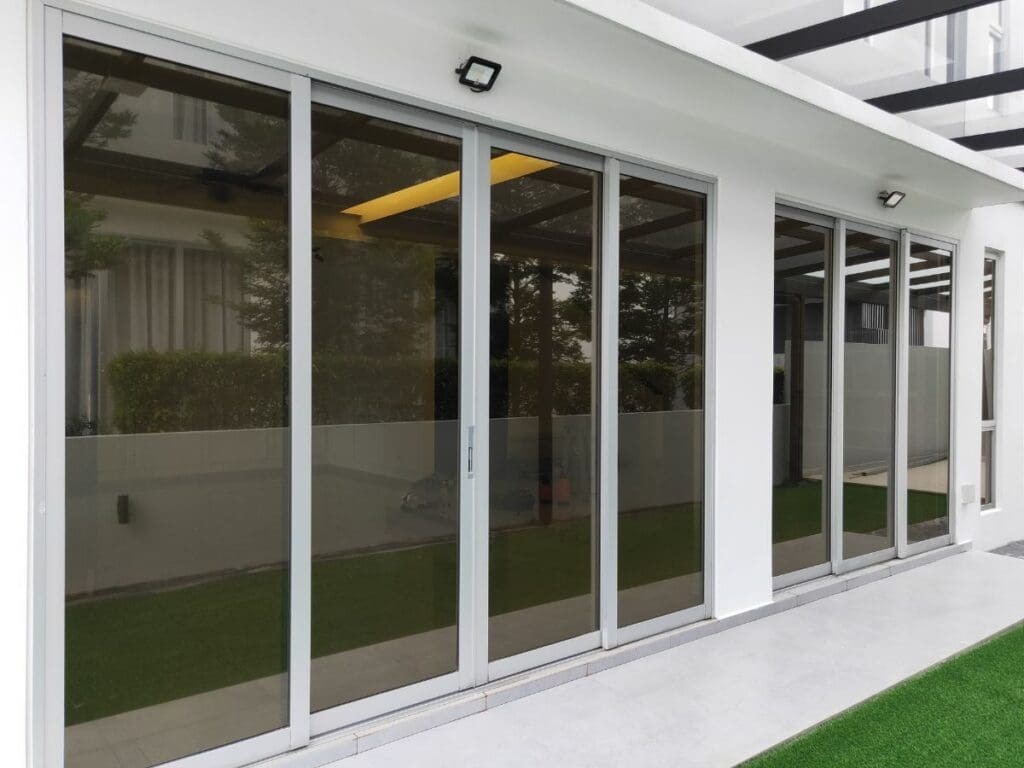
6. Schedule Professional Cleanings
Even with regular vacuuming, professional deep cleaning is necessary to remove dirt and allergens embedded deep within the carpet. Schedule a professional cleaning every 12–18 months to keep your carpet fresh and well-maintained.
7. Use Furniture Pads
Place pads under furniture legs to prevent damage and indentations. These pads reduce pressure on the carpet and make it easier to move furniture without tearing or fraying the fibers.
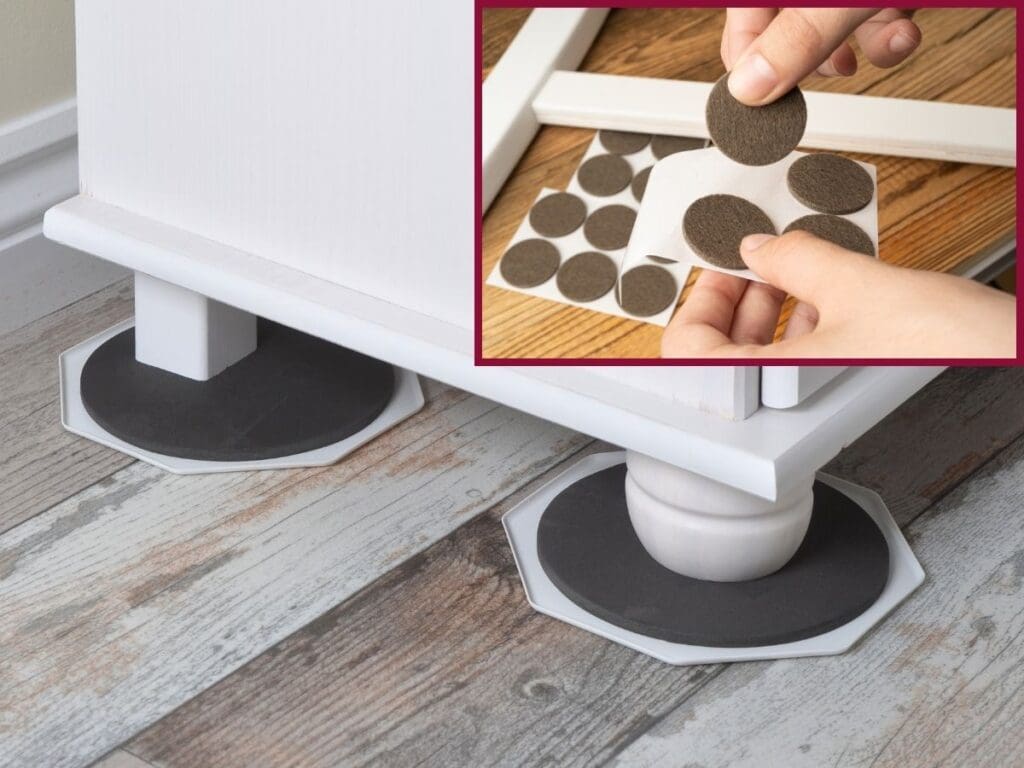
8. Remove Shoes Indoors
Shoes track in dirt, mud, and debris that can wear down carpet fibers over time. Encourage a no-shoes policy indoors and provide slippers or house shoes to keep carpets clean and protected.
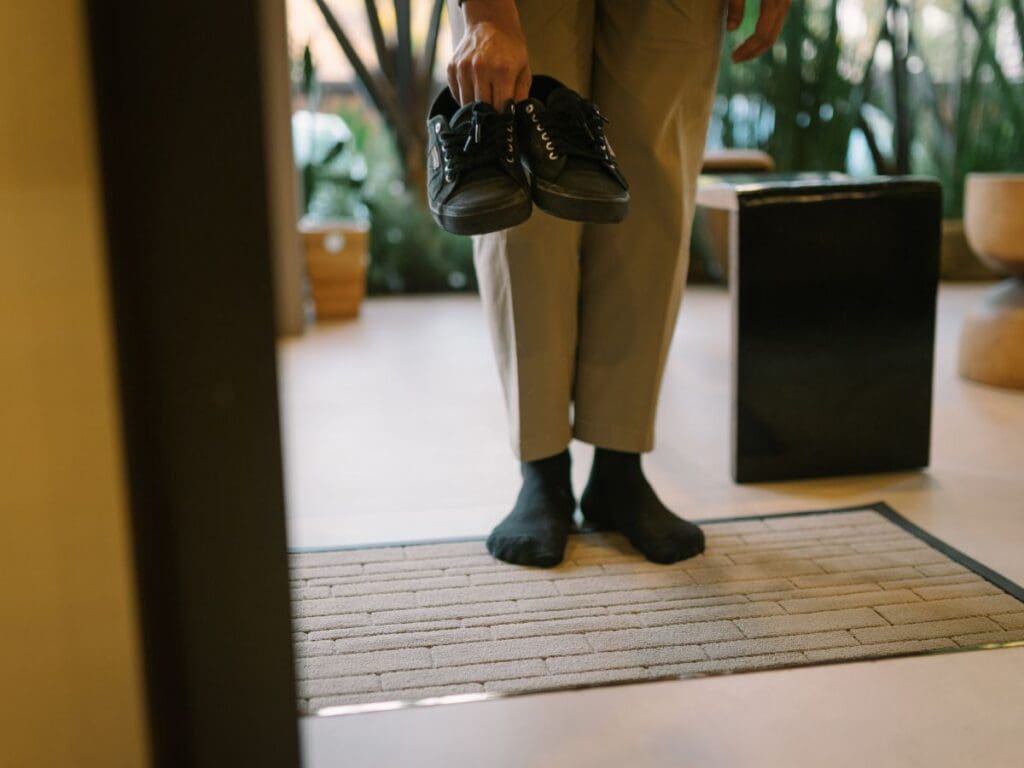
With consistent care and preventative measures, you can keep your carpets looking fresh and extend their lifespan. From regular cleaning to using protective accessories, small efforts can make a significant difference. A well-maintained carpet not only enhances your home’s appearance but also ensures a healthier and more comfortable living environment.
Conclusion
Carpets play a crucial role in enhancing the comfort and appearance of your home, but they require proper care to remain in good shape. By understanding why carpets wear out, applying renewal techniques, and knowing when replacement is necessary, you can make informed decisions to maintain their appeal and functionality.
With regular maintenance and proactive measures, you can extend your carpet’s lifespan, saving money and preserving your home’s aesthetic. Whether through deep cleaning, stain removal, or adopting protective habits, a well-cared-for carpet enhances both the beauty and comfort of your living space.


